l thoroughly enjoyed this year’s inaugural The Hundred cricket competition.
With the finals being played at Lord’s, the format of the competition appeared well received by all clubs involved and I firmly believe it delivered the outcomes the ECB and the clubs have been striving for in terms of introducing the game to new audiences. Most games were well supported, with good crowds enjoying this new format of cricket. It will be interesting to see how many new, young players start taking up the sport as a consequence of this new format.
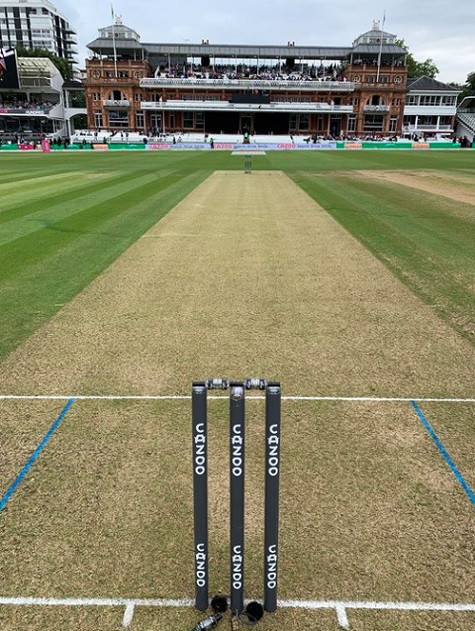
While on the subject of cricket, just a reminder that with less than a couple of weeks left of the current cricket season, September is generally a busy time for grounds professionals and volunteers who will be busy renovating their clubs facilities (see recent blog).
It is now time to plan and get set up for your end of season renovations. As mentioned in recent articles, the level of work completed this autumn will impact on how well the pitches play next season. A good thorough clean out, topdressing and overseeding of your pitches will encourage new growth and reset surface levels.
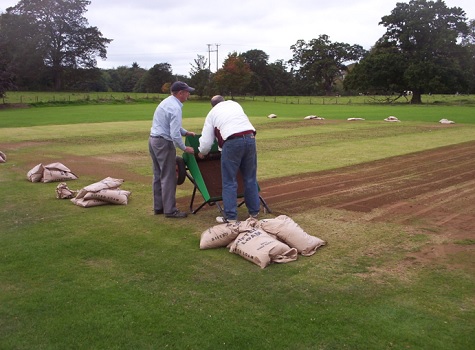
Try not to skimp on these works. The more you can do the better. Getting the work undertaken as early as you can, while soil and air temperatures are still in double figures, will help the new seed to germinate quickly. If you must wait until the end of the month, or worse are still trying to do it at the back end of October, the poorer the chances of getting the work achieved in favourable weather conditions.
Similarly, bowling clubs should also be getting on with their end of season renovations, with the aim to scarify, aerate, topdress and overseed their greens. Again, it is all about rectifying any underlying problems and thoroughly cleaning out any unwanted thatch layers.
Even if you carry out the work yourselves, there will be a cost for materials, loams, topdressing, seed and the hiring of machinery. It is important you invest appropriately to get the desired result.
Clubs need to recognise these annual renovation costs and ensure they can find the funds to properly see through these essential works.
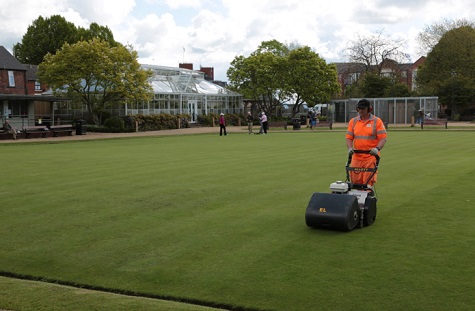
Braking down the costs
Last year I and several professional groundsmen assessed the costs of maintaining natural grass pitches (football, rugby, bowls and cricket) and were not surprised to discover the level of time and costs that are required to maintain grass sports facilities. You can read our findings in full here.
Football / Rugby
I based both rugby and football costs on a similar maintenance regime - essentially a weekly cutting programme during the growing season, using a compact tractor and roller mower; a feeding programme; aeration work; marking out, strimming, pre and post-match activities, harrowing, and a decent end of season renovation that includes overseeding, topdressing with 100 tonne of sand and an application of fertiliser.
In total the man hours for one person attributed to carrying out this work throughout a calendar year, equated to around 362 hours of manual work. A full end of season renovation cost would be in the region of £6,000 and allowing a further £2,000 for the cost of materials and servicing.
Bowls
As for bowls, undertaking the same formular, working out the hours invested in time to maintain a bowling green, cutting three times a week and undertaking other relevant work, feeding, scarifying, verticutting and end of season renovations we came to a figure of 258 hours with end of season renovations, material and servicing costs being £3,500.
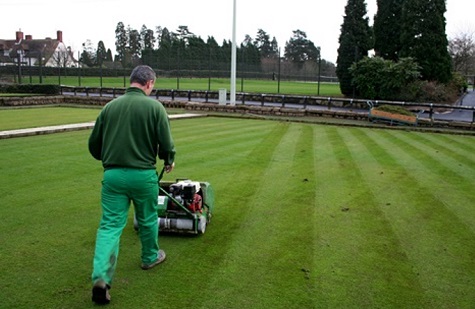
Therefore again, if you were to have a volunteer workforce and needed to cover the costs for machinery and materials you could be looking at a total annual cost of £3,500 per green.
However, if you must pay for the services of a paid greenkeeper / contractor to undertake the maintenance work at a low rate of £30 per hour, then the total annual labour maintenance cost would be 258 x £30 = £7,740.
Cricket
As for cricket, we come up with some surprising figures. We broke the work down into five key working areas - work completed on the square, outfield, auxiliary works, ten-day wicket prep and renovations during a typical calendar year.
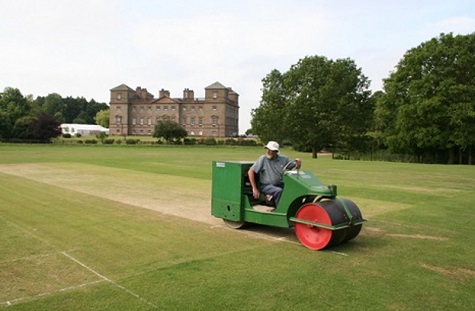
The following hours were attributed to each section:
- Square - this included pre-season rolling activities and maintaining square during the season 700 hours.
- Outfield - work associated with the outfield, mowing spiking feed etc 210 hours
- Auxiliary works - Moving covers, site screens, cutting hedges and other works 105 hours
- Ten-day preparation of wickets – preparing and repairing wickets 100 hours
- End of season Renovations – cut, scarify, aerate, seed and topdress with loam. 40 hours
Total hours incurred: 1155
Cost of materials: £3,000
As, you can see from the four sports assessed, there are a considerable number of hours required to maintain these facilities. Coupled with the cost of materials etc.
I firmly believe it is time sports clubs started keeping a record of the work they undertake and keep accurate records of the costs involved. Or more importantly find better ways to source the funds required to maintain their given sports facility.
As mentioned In previous articles, it is becoming increasingly difficult to recruit volunteers - and even in some cases paid professionals - to undertake the work at grass roots level sports clubs